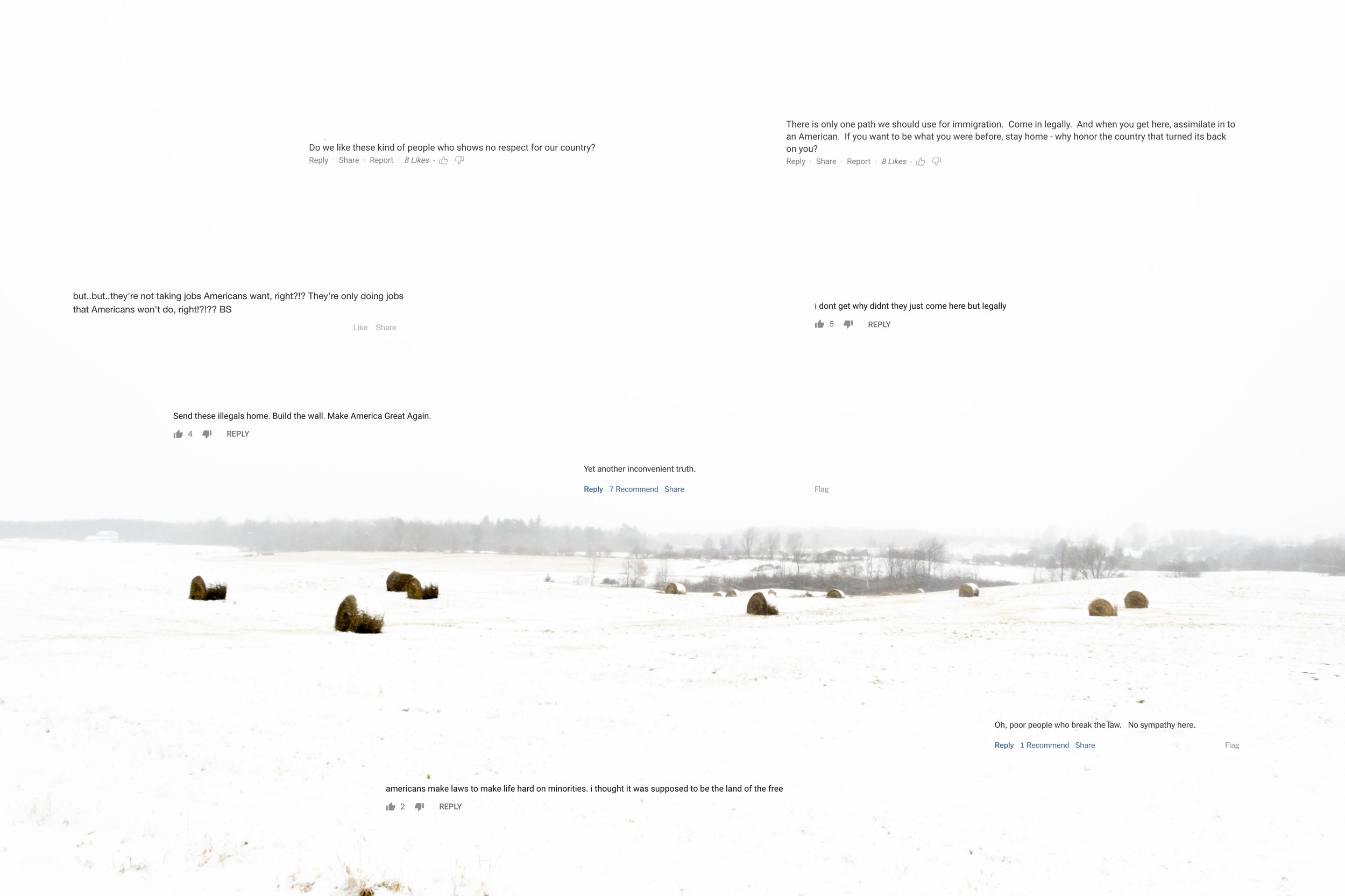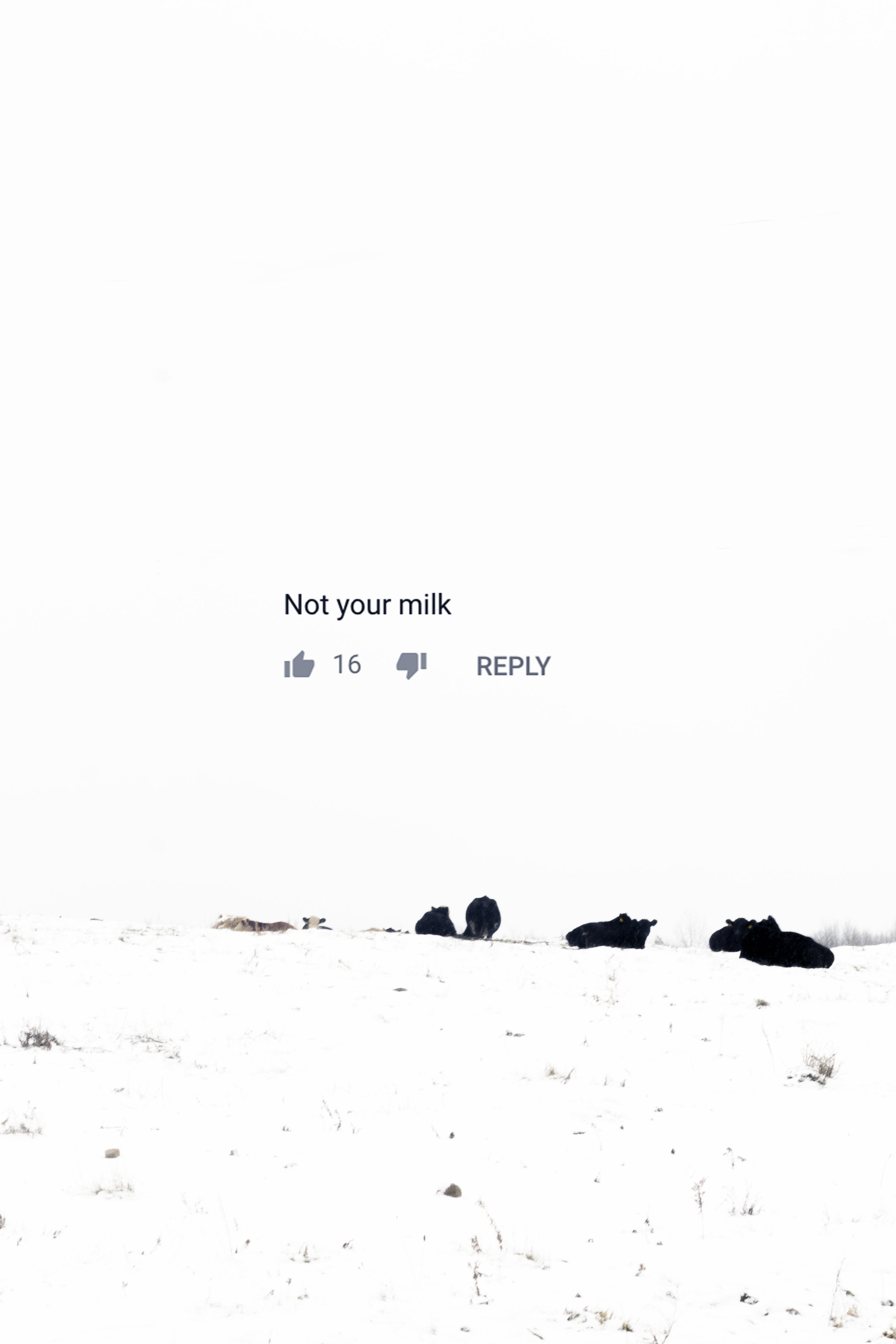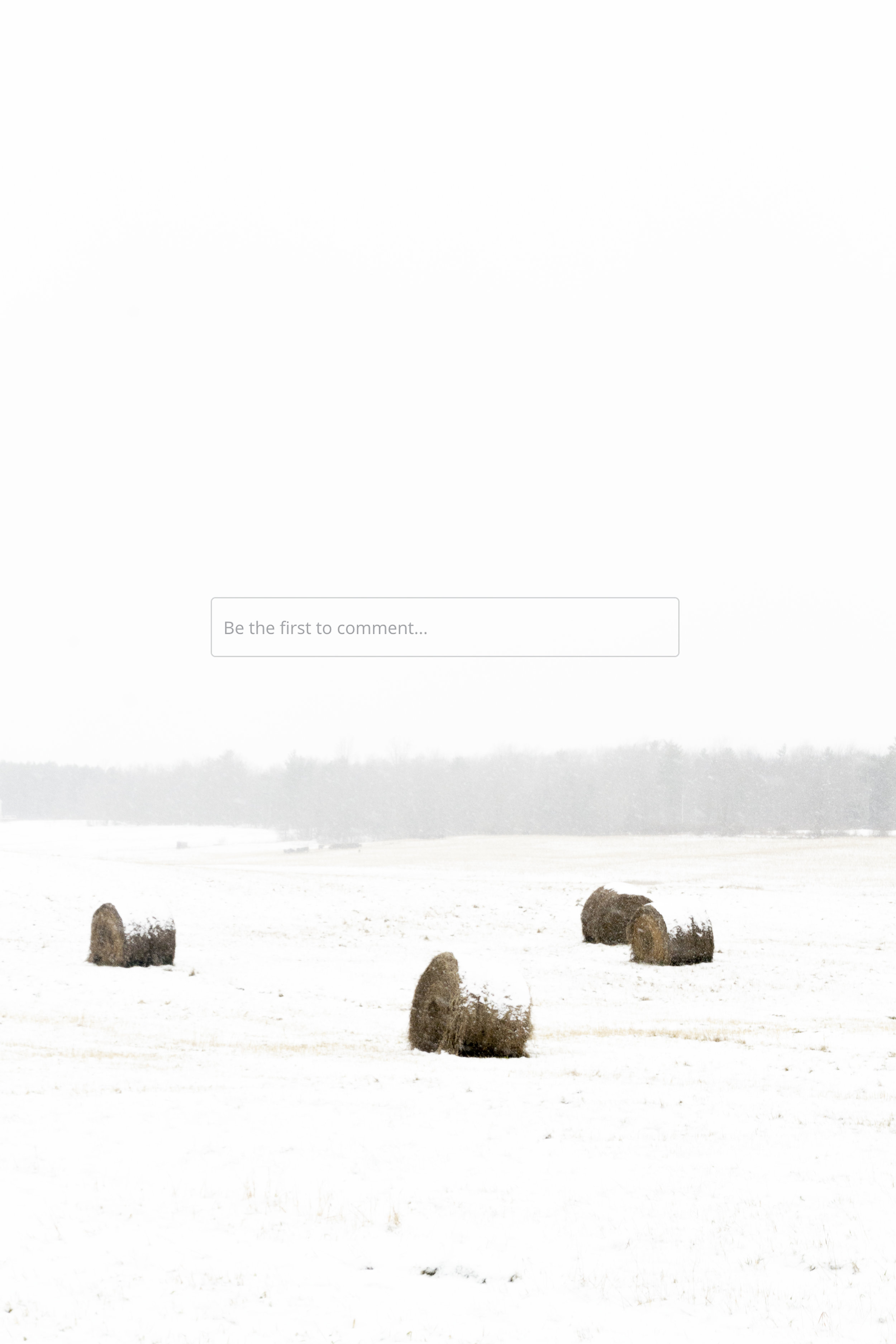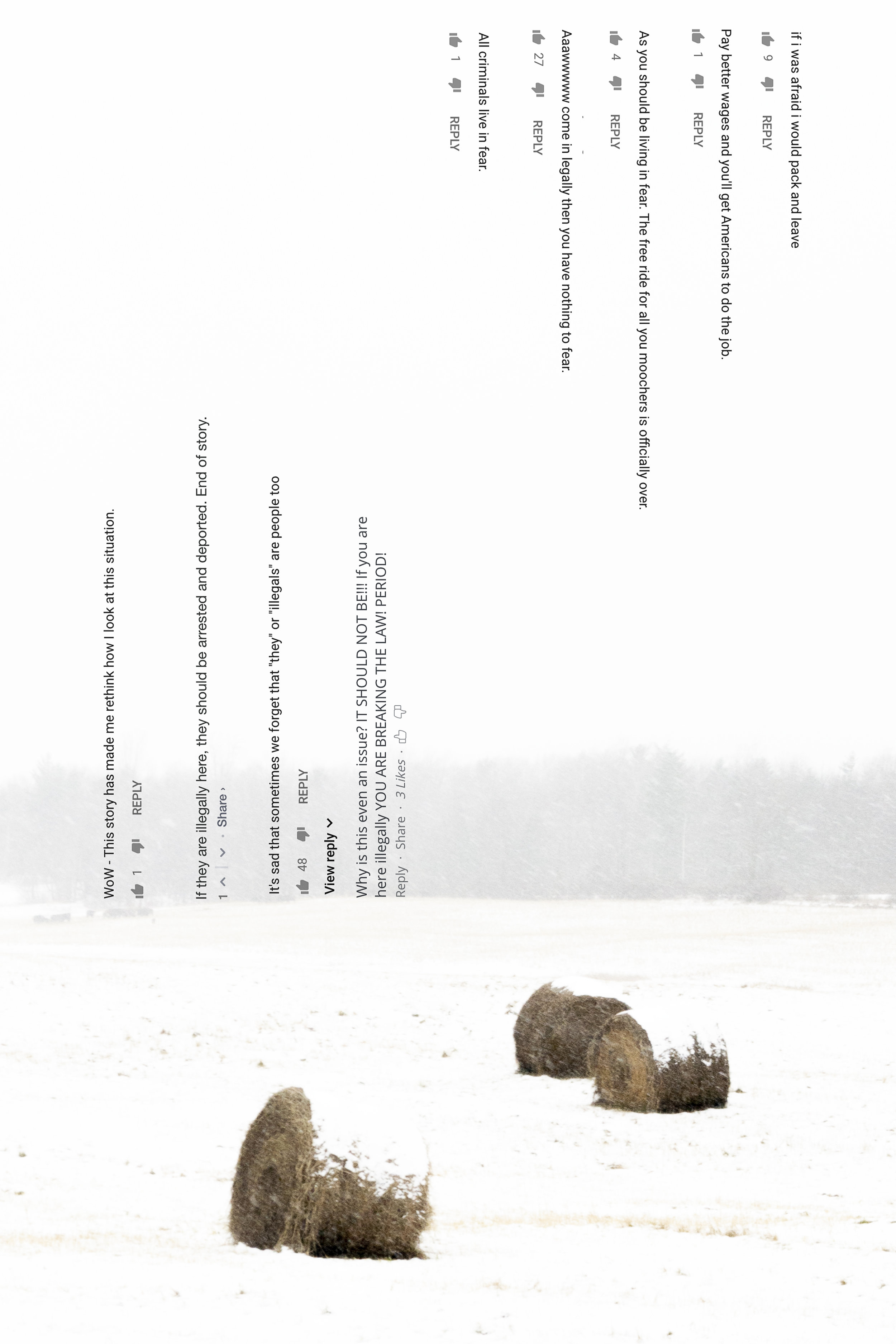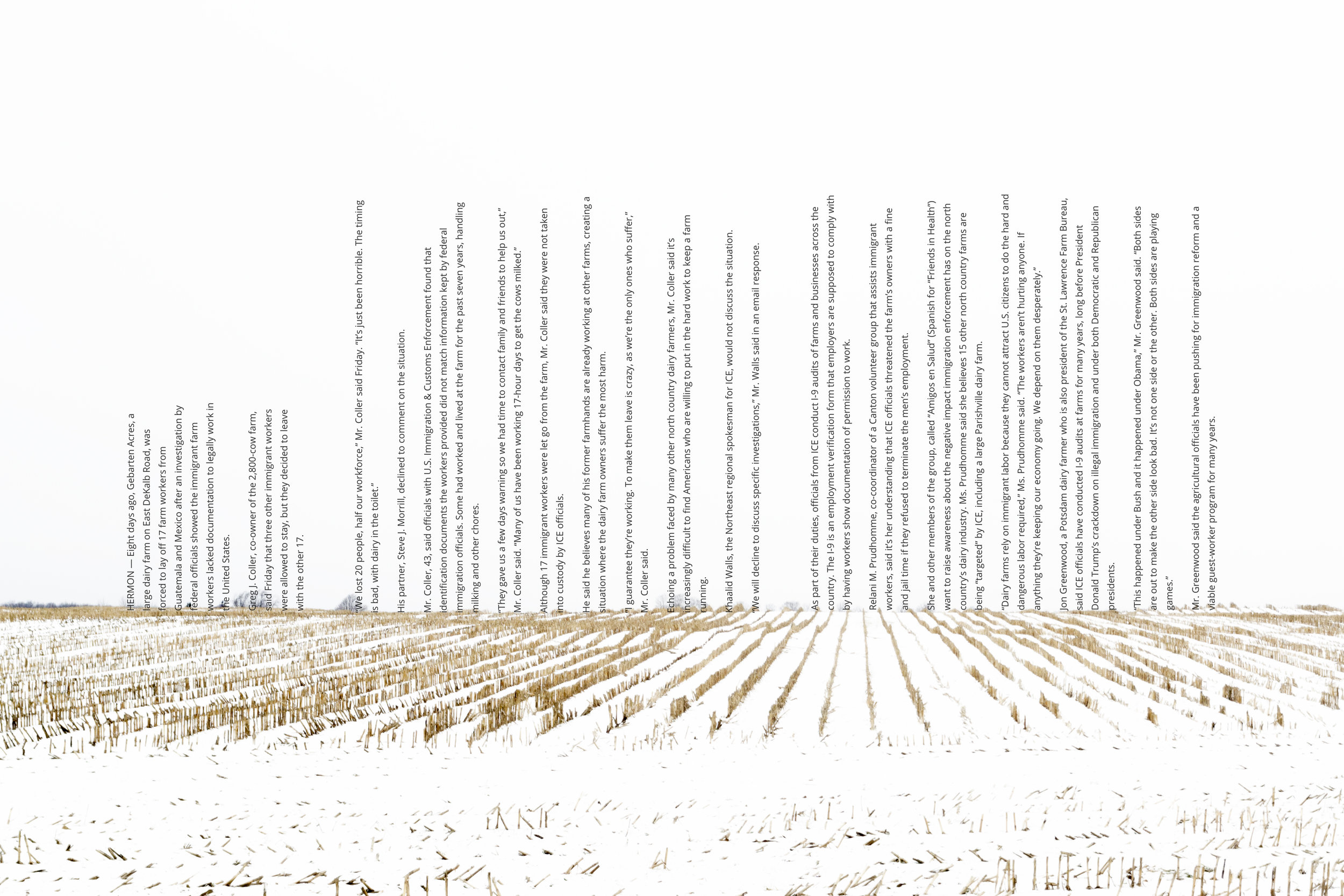This post is very different from what I normally talk about but considering our current political environment and the state of the U.S./Mexico border, I decided to share this project online because I believe it’s necessary.
Current U.S. immigration policy was a topic I was increasingly learning more about in school. While taking a Caribbean and Latin American studies course during my sophomore year, I read Enrique’s Journey, a true story depicting the triumphs and hardships faced by Enrique, a 17-year-old boy from Honduras traveling to the United States in search for his mother.
Reading that story was one of the first times I learned about the “human face” to illegal immigration. The book showcased the desperate reality hidden behind the ambiguous data and statistics broadcasted on the news and media today.
The messages in Enrique’s Journey became ingrained in me and I wanted to know more… which lead me to open my eyes to my own backyard in New York.
Dairy farms dominate the landscape of the North Country in New York. Many of these places became fewer, larger, and more efficient in the 1990s. Milking work became an undesirable job for U.S. because it was stressful and exhausting. Due to this change, farmers began to turn to Latino immigrants to fill their numerous positions in their 24-hour milking parlors. Dairy farmworkers in New York are almost all undocumented, live in tremendous fear of detention by police or border patrol agents, and are often isolated from surrounding communities. As a major issue in politics, especially today, opinions on U.S. immigration policy have become more and more polarized.
Often unnoticed and hidden, many stories from these workers lie behind the exterior of farms we regularly pass by.
In December of 2018, I decided to do something completely out of my comfort zone.
I met Benito.
It was snowing outside and I was driving in the middle of nowhere. Worried that Google Maps had again failed me, I finally saw the farm in the flurry. Pulling up onto the snow covered driveway I paused and thought to myself, “This is crazy… I literally don’t even know how to speak Spanish”. I then entered the house and stepped into an invisible world.
When I met Benito, he had a huge smile on his face. Incredibly charismatic and positive, he guided me around his home where he and numerous other migrant workers lived describing his daily life in the limited English he knew.
When we sat down in the kitchen, I gave him a large piece of paper and a pen.
“Write down anything you want about your journey and goals” I said.
He began writing down his ideas. More importantly, he wrote about his dreams of generating a better life and home for himself and his family in Guatemala. He wrote about the reasons for why he traveled up to the North Country.
After he wrote down those thoughts, we laughed and chatted about his life, his love for cows, and more importantly, his hopes for the future.
When I walked out of the house to head back, he saw my family’s bright orange Jeep and said:
“I hope to have a car like yours one day.”
The next week, I met two more migrant workers who had darker stories to tell. I was nearly in tears listening to their depictions of their dangerous travels to make it to the United States to not being given adequate healthcare for serious injuries
I was seeing a face. I was seeing real life faces, who have real life stories and families and struggles that are continually being pushed under the rug for a more popular, negative, malicious, and violent depiction of a criminal, an alien, and an animal who just wants to “steal our jobs”.
After talking to all three migrant workers, I went to my laptop. I endlessly scoured through news article after news article to read how the media and the American people respond to illegal immigration.
The comments were shocking. Words of arrogance, bigotry, and hatred filled the responses.
There is such irony in the way that many Americans share their xenophobic opinions while hidden behind a computer screen of people that are forced to be invisible in society.
In this series, I combined both online comments in response to news stories about undocumented workers as well as actual stories from the dairy farmworkers I met. This work is intended not only to show the actual human face to the stories we read, but also to emphasize the opinions we share when we chose to ignore the reality of those words.
*Out of respect for privacy, I have not included the photos of the two other migrant workers in this post.
